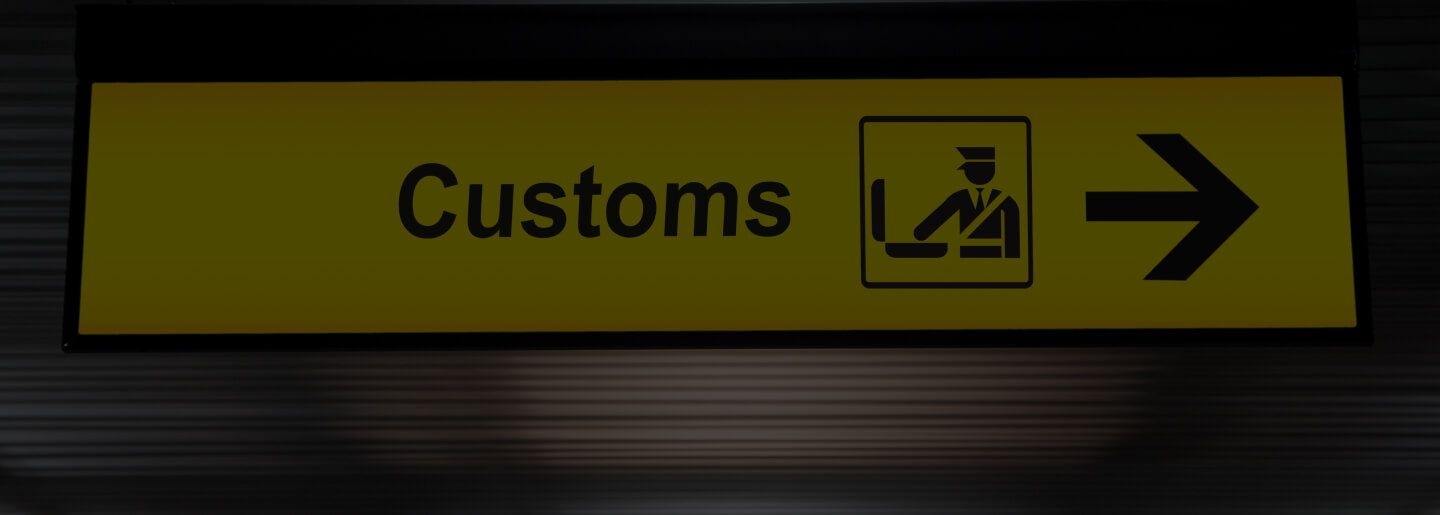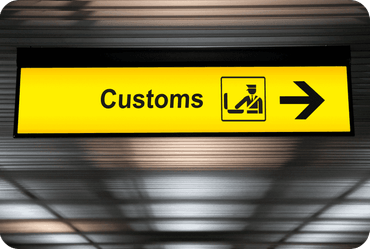
Step-by-Step Through Customs: What Happens When Your Package Leaves the Warehouse
When a package leaves the warehouse, it begins a carefully sequenced journey through export controls, international transport, and import clearance. Understanding each step helps you predict timelines, avoid unexpected fees, and reduce the risk of delays.
1) Export Preparation & Pre-Clearance (Origin Country)
Before departure, the shipment is prepared for export:
- Data check: product description, HS code, declared value, quantity, and country of origin.
- Documents compiled: commercial invoice, packing list, airway bill (for air) or bill of lading (for ocean), and any required licenses.
- Security screening: aviation and export security checks; high-risk goods may need additional screening.
- Export declaration: filed electronically by the carrier or broker where required.
Tip: Make sure your Incoterms® (e.g., DAP, DDP) match who pays duties/taxes and who is importer of record.
2) Carrier Handover & Departure
After documentation is validated:
- The carrier accepts the consignment, assigns tracking, and moves it to the export terminal.
- Shipments pass through X-ray or non-intrusive inspection at the terminal.
- The package departs via scheduled linehaul (air, ocean, or multimodal).
What can delay this step? Incomplete paperwork, restricted items, or random security holds.
3) Arrival & Import Manifest (Destination Country)
Upon arrival:
- The carrier files an import manifest with local customs.
- Data reconciliation occurs between the manifest and your commercial invoice/packing list.
- Risk engines flag shipments for documentary review or potential inspection.
Key data points customs care about: HS code, declared value/currency, quantity/weight, and origin.
4) Customs Risk Assessment & Inspection
Customs authorities may:
- Release on documentation (no inspection).
- Conduct documentary checks (request clarity on HS code, value, origin, or licenses).
- Perform non-intrusive inspection (scanners).
- Open box inspection (physical exam for selected shipments).
Common triggers: vague descriptions, misclassification, undervaluation, dual-use items, or sanction risks.
5) Duties, Taxes & Fees Calculation
If duties/taxes apply, they're assessed on a customs value basis (often CIF: cost + insurance + freight):
- Duties depend on the HS code and trade agreements.
- VAT/GST is calculated per destination rules.
- Clearance/brokerage fees may apply.
- De minimis rules: some countries waive duties/taxes below a certain value threshold.
Avoid surprises: Use accurate HS codes and clear product descriptions.
6) Clearance Decision & Release
Customs outcomes:
- Released: shipment is cleared to move to last-mile delivery.
- Hold pending documents: provide missing invoices, licenses, or proof of payment.
- Re-valuation or re-classification: duties/taxes recalculated; payment required.
- Seizure/return: for prohibited or non-compliant goods.
Pro move: Ensure someone is authorized to act as Importer of Record (IOR) and respond quickly to queries.
7) Post-Clearance: Last-Mile & Delivery
After release:
- The carrier hands off to a local courier or postal operator.
- Shipment is sorted, a delivery route is assigned, and delivery is attempted.
- Missed attempts may route to a pickup point or trigger a return-to-sender workflow.
Tracking you'll see: "Arrived at destination," "Customs cleared," "Out for delivery," then "Delivered" or "Attempted."
Common Reasons for Delays (and How to Prevent Them)
- Inaccurate HS codes or vague descriptions → Provide precise product names and materials.
- Undervaluation → Declare the true transaction value; include proof if requested.
- Licenses/certificates missing → Check destination rules for restricted items.
- Incoterms confusion (who pays what) → Align terms with the payer and IOR in advance.
- Peak seasons & random inspections → Build buffer time into your delivery estimates.
Quick Checklist Before You Ship
- Correct HS code and clear product description
- Accurate declared value and currency
- Matching Incoterms® and importer responsibilities
- Complete invoice & packing list (quantities, weights, SKU details)
- Contact details for the party who can answer customs queries promptly
Key Takeaway
Customs isn't a black box-it's a rules-based sequence that rewards accurate data and complete documents. When you classify goods correctly, align Incoterms, and respond fast to queries, you'll shorten clearance times and prevent avoidable fees.
For a simple overview of how forwarding and consolidation fit into this journey, visit Boxit4me.
References & Further Reading
- World Customs Organization (WCO) – HS Codes Explained
- International Chamber of Commerce (ICC) – Incoterms® Rules
- U.S. Customs and Border Protection (CBP) – Importing into the U.S. (process overview)
- HM Government (UK) – Import goods into the UK: step by step
- Universal Postal Union (UPU) – Cross-Border E-Commerce
- 1. 1) Export Preparation & Pre-Clearance (Origin Country)
- 2. 2) Carrier Handover & Departure
- 3. 3) Arrival & Import Manifest (Destination Country)
- 4. 4) Customs Risk Assessment & Inspection
- 5. 5) Duties, Taxes & Fees Calculation
- 6. 6) Clearance Decision & Release
- 7. 7) Post-Clearance: Last-Mile & Delivery
- 8. Common Reasons for Delays (and How to Prevent Them)
- 9. Quick Checklist Before You Ship
- 10. Key Takeaway
Related Articles

Black Friday Shopping & Global Shipping Made Easy

Cost-Effective International Shipping Methods for Buyers
